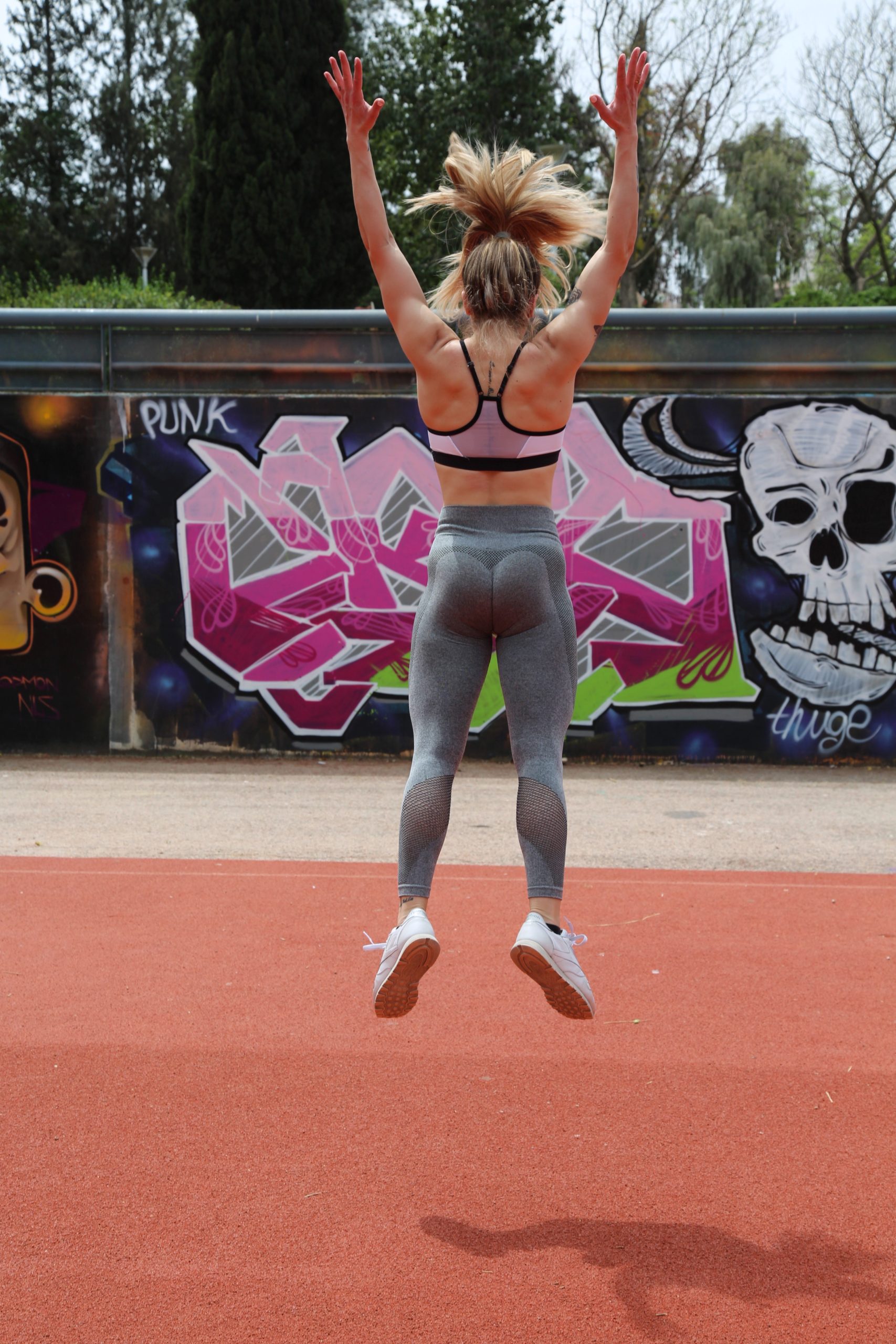Plyometrics, a method of developing explosive power, consists of a rapid stretching of a muscle (eccentric action) immediately followed by a concentric or shortening action of the same muscle and connective tissue (Beachle & Earle, 2000).
The stored elastic energy is used to produce more force than can be provided by a concentric action alone (Asmussen & Peterson, 1974).
Running, and in particular sprinting, can be considered the purest form of plyometric activity with each contact involving the stretching and contraction of lower body musculature all occurring at a very high speed and over a very short time.
Plyometrics by strict definition is a system of reactive exercises, not just a series of jumps. True plyometric drills require the athlete to reduce the time spent on the ground. As Boyle states “we must crawl before we walk and walk before, we run”. The same applies to plyometrics. We must learn to jump off the ground and properly land on the ground before we attempt to minimize the time spent on the ground (amortization/shock absorption).
Plyometric exercises such as jumping, hopping, skipping and bounding are executed with a goal to increase dynamic muscular performance. Both linear and lateral drills, and bilateral and unilateral exercises, should be incorporated in plyometric programs. Box jumps (unilateral and bilateral), single leg lateral box hops, lateral bounds, hurdle jumps and hops, and power skips are some of the many plyometric drills (Boyle, 2014).
According to research, plyometric training can:
a. Improve sport specific skills such as agility and vertical jump performance, which are common measures of power (Marcovic, 2007).
b. Contribute to improvements in acceleration, leg strength, muscular power and overall proprioception, when combined with a periodized strength training program (Wilson et al, 1993).
c. Lead to injury prevention due to its beneficial effect on tendon and joint stiffness (Burgess et al, 2007)
d. Enhance strength and speed (Ebben et al 2004).
e. Benefit endurance athletes by improving the economy of movement over longer durations (Spurrs et al, 2003).
My advice: Start incorporating very basic plyometric drills in your training and slowly progress to more advanced…..and don’t forget to RUN more! We were born to run!
